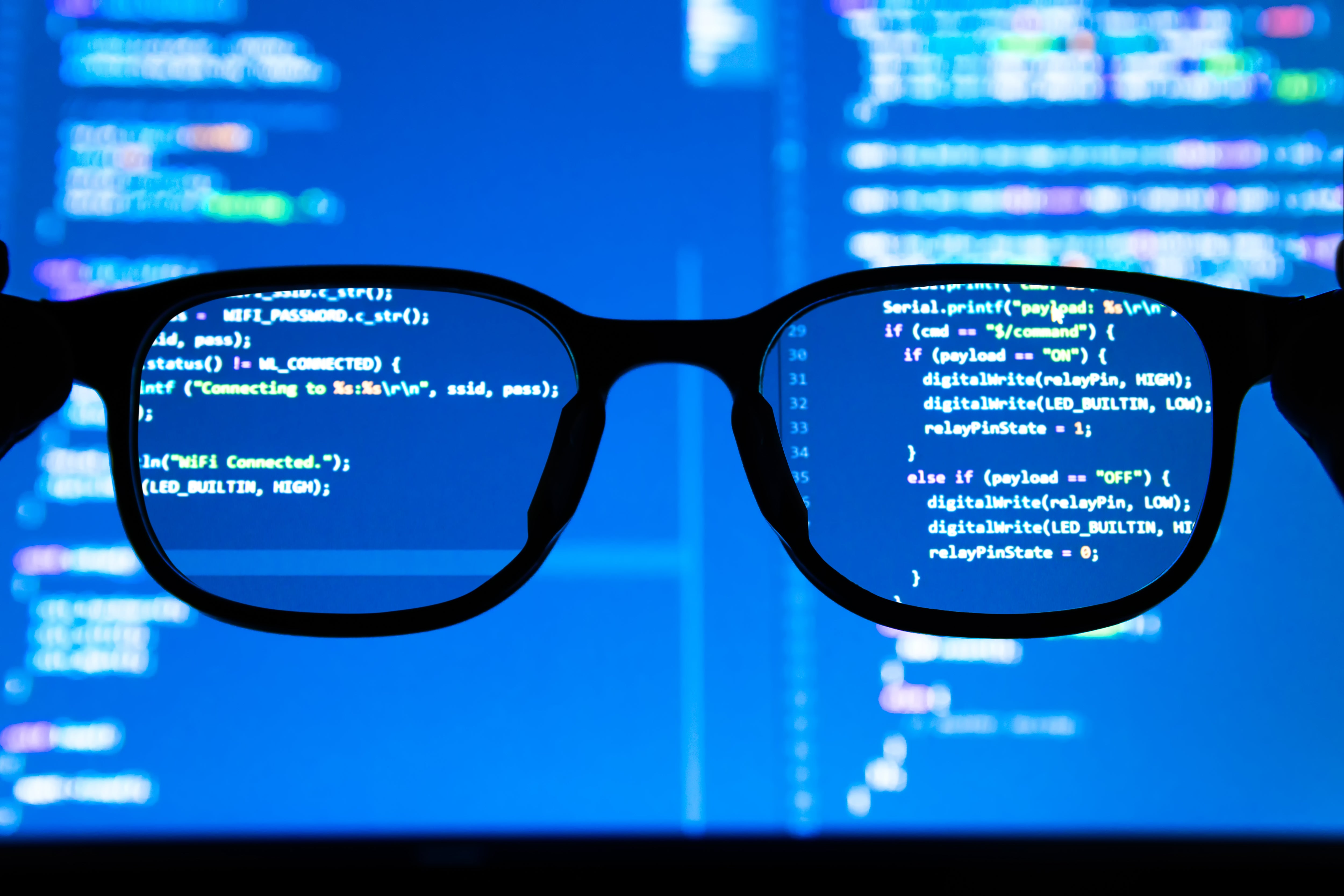What Does a Data Scientist Do?

Data science is one of the most promising and in-demand career paths today. With data utilised in almost every aspect of business, data professionals, including data scientists, play a critical role in helping companies make the best-possible decisions for growth and sustainability.
What does a data scientist actually do?
So, what exactly does a data scientist do on a daily basis? What are their responsibilities and tasks?
We’ve broken down the common data science process into five steps. Let’s take a closer look:
Step 1: Identifying the issue
The first step is to ask the right questions about a problem. These questions may include:
- What is the central issue?
- What caused the problem, and how did it occur?
- What type of data do I need to collect and analyse?
- What is the company attempting to accomplish?
- What are the current issues?
- What can be done immediately?
The goal is to gain a clear understanding of the problem at hand and define the questions that must be answered.
Step 2: Data collection
The next step is to collect the relevant data. A significant portion of a data scientist’s daily responsibilities is extracting and collecting data from the appropriate sources.
Data scientists collect data for research in a variety of ways, some of them being:
- Using internal company or public data sets
- Querying relational databases
- Market research
- Surveys
- Conducting web scraping
- Examining server logs, website cookies, or data from third-party sources
Step 3: Cleaning the data
The data initially collected is often referred to as “raw data”, and may include data that is corrupted and contain missing values, mistakes, and errors.
Given this, data cleaning is one of the most important tasks of a data scientist. A data scientist must do the following to clean data, and prepare the cleaned data for further analysis:
- Look for and file missing data values
- Correct errors and inaccuracies
- Locate corrupted records
- Investigate data that is inconsistent
- Recognise outliers
Step 4: Data exploration and analysis
The data scientist will now analyse the cleaned-up data to gain a deeper understanding of their findings, which are critical in answering the questions identified in Step 1.
This task, which involves statistical methods and data visualisation, allows the data scientist to discover underlying patterns and valuable insights, and translate them into diagrams, charts, and graphs.
Following this, algorithms, machine learning, and artificial intelligence techniques can be utilised to build, evaluate, deploy, and monitor a machine learning predictive model for the data.
Step 5: Storytelling with data
The final step in the data science process is to communicate your findings, results, and recommendations to stakeholders. It is important to remember that not everyone understands data like you – a data expert – do. So, your data communication to non-data professionals must be clear and effective.
The effectiveness of your storytelling based on data will assist stakeholders in utilising your findings and conclusions in the best possible way, such as ensuring optimum business impact.

Start Your Data Science Career Today
Think you’ve got what it takes to be a data scientist? Start off on the right foot with Sunway University Online’s 100% online Master in Data Science, built and delivered by industry experts, and designed especially for the modern working professional.
Speak to our Education Counsellors today and launch the data career you’ve always dreamed of!







